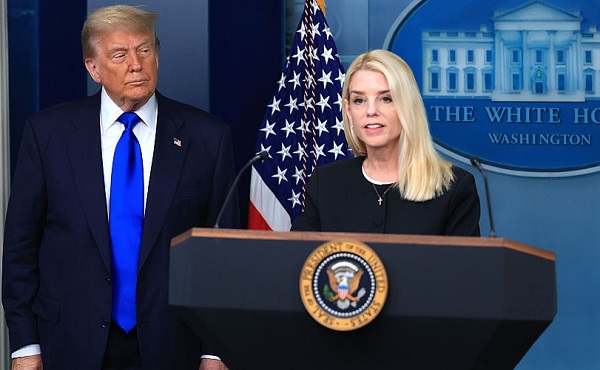COVID-19
Academics Raise Concerns About UK Covid-19 Inquiry
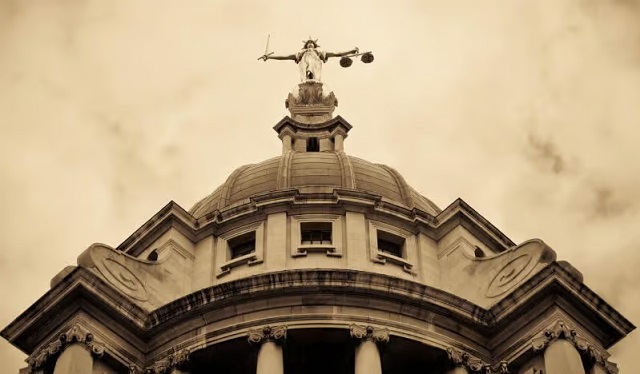
From the Brownstone Institute
BY
Over 50 prominent UK academics have signed an open letter to Baroness Heather Hallett, chair of the UK Covid-19 Inquiry, calling for urgent action to address the shortcomings of the probe so far. The signatories of the letter say the Hallett Inquiry suffers from bias, false assumptions, and a lack of impartiality.
“The Covid Inquiry is not living up to its mission to evaluate the mistakes made during the pandemic, whether Covid measures were appropriate, and to prepare the country for the next pandemic,” they write.
Kevin Bardosh, lead signatory and Director of Collateral Global has been following the Inquiry closely. He’s concerned it has focused too much on “who said what and when,” rather than homing in on key scientific questions about the evidence (or lack thereof) underpinning policy decisions.
 Prof Kevin Bardosh, Director of Collateral Global. Photo credit: Shutterstock
Prof Kevin Bardosh, Director of Collateral Global. Photo credit: Shutterstock
“The Inquiry was pre-designed on the assumption that the government ‘didn’t do enough’ to protect people during the pandemic,” says Bardosh. “But the thing about the pandemic is that more measures, didn’t mean more lives saved. It’s a paradoxical aspect of health policy that more doesn’t necessarily mean better.”
Bardosh, who is affiliated with University of Edinburgh Medical School, says because the Inquiry’s starting position is that non-pharmaceutical interventions (e.g. masks) and lockdowns were necessary and effective, it’s not actually interrogating the trade-offs of these policies.
“If you go back to pre-Covid, policies like lockdowns, extended school closures, and contact tracing for a respiratory virus, were not the ‘scientific consensus’ for how to respond rationally to a pandemic,” he says. “In fact, the reverse was true. The goal was to minimise the disruption to society because it would have all these short and long-term unintended consequences.”
In December 2023, when Prime Minister Rishi Sunak was questioned at the Inquiry, he admitted the UK government had failed to discuss the costs and benefits of pandemic policies.
 UK Prime Minister Rishi Sunk questioned at UK Covid Inquiry
UK Prime Minister Rishi Sunk questioned at UK Covid Inquiry
Sunak pointed to a peer-reviewed report by Imperial College London and the University of Manchester that applied a Quality-Adjusted Life Year analysis to the first lockdown in the UK and found “for every permutation of lives saved and GDP lost, the costs of lockdown exceed the benefits.” [emphasis added]
Bardosh has also called out the Inquiry for its double standards in scrutinising experts.
Take for example, Neil Ferguson, professor at Imperial College and former SAGE member. He was the architect behind lockdowns after his March 2020 models warned that 500,000 Brits would die unless tougher restrictions were put in place to curb spread of the virus.
Bardosh says, “The Inquiry hasn’t really questioned Ferguson’s mathematical model in any substantial way. But if you compare that to the questioning of Professor Carl Heneghan, who’s based out of Oxford, it was very confrontational, and they used provocative language to suggest he didn’t have expertise in this area.”
Heneghan, the director of Oxford’s Centre for Evidence-Based Medicine, was among 32 senior UK academics who urged then-Prime Minister, Boris Johnson to think twice about plunging Britain into a second lockdown in the autumn of 2020.
It was revealed during evidence to the Inquiry, that the UK’s Chief Scientific Adviser, Dame Angela McLean, called Heneghan a “fuckwit” on a WhatsApp chat during a September 2020 Government meeting for his dissenting views on lockdowns.
 Prof Carl Heneghan, director of Centre of Evidence-Based Medicine, Oxford
Prof Carl Heneghan, director of Centre of Evidence-Based Medicine, Oxford
Later, Heneghan penned a scathing article in The Spectator, calling the Inquiry a “farce – a spectacle of hysteria, name-calling and trivialities.”
“Lockdown was the most disruptive policy in British peacetime history, with huge ramifications for our health, children’s education and the economy,” wrote Heneghan.
“This is an opportunity for the inquiry to gather evidence and ask whether lockdown and other interventions actually worked…Instead we have a KC [King’s Counsel] who seems uninterested in substance and obsessed with reading out rude words he has found in other people’s private messages.”
Bardosh and the other signatories have also raised concerns about the structure of the scientific advisory groups in the Inquiry, which have omitted key experts in child development, schooling impacts, social, and economic policy.
“The Inquiry must invite a much broader range of scientific experts with more critical viewpoints. It must also review the evidence on diverse topics so that it can be fully informed of relevant science and the economic and social cost of Covid policies to British society,” write the signatories.
So far, Bardosh is unimpressed with the ‘political theatre’ of the Inquiry, but hopes Baroness Hallett will urgently address its shortcomings to avoid compromising the credibility of future public inquiries.
“Not having an inquiry that really asks those questions is very damaging to the idea of accountability. We need to hold to account the policy decisions that were made because if we don’t, the next time there’s a public health emergency, these measures will come back into place whether or not they actually work,” says Bardosh.
The Hallett Inquiry is slated to run until 2026 and is reported to be one of the largest public inquiries in UK history. The cost of the UK government’s Covid measures are estimated to be between £310bn and £410bn.
Republished from the author’s Substack
COVID-19
Sen. Rand Paul: ‘I am officially re-referring Dr. Fauci to the DOJ’
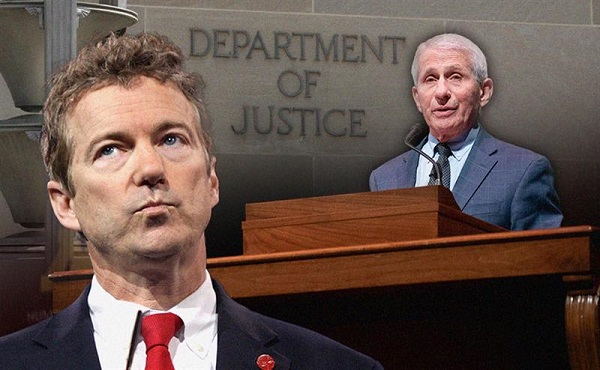
Fr0m LifeSiteNews
‘Perjury is a crime,’ Sen. Rand Paul declared on X. ‘And Fauci must be held accountable.’
Sen. Rand Paul announced Monday that he is again pressuring the U.S. Department of Justice (DOJ) to launch a criminal probe of Dr. Anthony Fauci after The New York Times revealed his 11th-hour pardon by the Biden administration is likely invalid.
“Today, I will reissue my criminal referral of Anthony Fauci to Trump DOJ!” declared Paul, later adding, “Perjury is a crime. And Fauci must be held accountable.”
By late in the afternoon on Monday, the Kentucky senator had composed a letter to Attorney General Pam Bondi citing the times he believed Fauci had lied under oath during congressional hearings and urging the DOJ to finally investigate Fauci.
“In July 2023, I referred Dr. Anthony Fauci to the Department of Justice for lying under oath to Congress. His own emails directly contradicted his sworn testimony,” Paul wrote X.
“NYT reports Fauci was quietly pardoned by an autopen, operated by Biden’s staff. If the President didn’t authorize this pardon personally, then the Department has a duty to investigate and prosecute as it would any ordinary citizen,” Paul said.
“Fauci has been sainted by the extremist Left, but it doesn’t erase his lying before Congress,” Paul said. “I am officially re-referring Dr. Fauci to the DOJ.”
In July 2023, I referred Dr. Anthony Fauci to the Department of Justice for lying under oath to Congress. His own emails directly contradicted his sworn testimony.@NYT reports Fauci was quietly pardoned by an autopen, operated by Biden’s staff. If the President didn’t authorize… pic.twitter.com/j0wrt6QdoJ
— Senator Rand Paul (@SenRandPaul) July 14, 2025
Sen. Paul concluded his letter to Bondi by explaining that his autopen pardon is now seen to be illegitimate:
On January 19, 2025, Dr. Fauci was issued a full and unconditional pardon for any offenses that he may have committed or taken part in since 2014. Dr. Fauci was included among a group of individuals granted unprecedented preemptive pardons on President Joe Biden’s final day in office. However, new information has revealed that these pardons were executed via autopen, with no documented confirmation that the President personally reviewed or approved each individual grant of clemency.
According to reports, White House staff authorized the use of the autopen to issue the clemency documents. This raises serious constitutional and legal concerns about the legitimacy of Dr. Fauci’s Pardon.
President Donald Trump told reporters on Monday that the constant reliance on the autopen by the Biden administration is “one of the biggest scandals that we’ve had in 50 to 100 years.”
“I guarantee (Biden) knew nothing about what he was signing,” Trump asserted.
“I guarantee it,” he emphasized.
Fauci’s mendacious relationship with Congress
The senator from the Bluegrass State and Dr. Fauci have long had a combative relationship.
In 2021, Sen. Paul alleged that Fauci, who then served as director of the National Institutes of Allergy and Infectious Disease (NIAID) and as medical adviser to former President Joe Biden, “lied to Congress” when he claimed that the National Institutes of Health (NIH), of which the NIAID is a part, was not funding and had never funded “gain-of-function” research in Wuhan, China.
Then in 2023, Paul again filed a criminal referral to the DOJ against the White House COVID czar for lying to Congress about his role in subsidizing controversial gain-of-function (GOF) research that was suspected of contributing to the COVID outbreak.
“We have him dead to rights, the problem is this: we have Merrick Garland who I think is a pure rank partisan,” Paul said at the time. “I don’t think he’ll ever be prosecuted. We also have a Democrat Party that is happy to have paid him more than the president, more than any president makes and he actually got a million dollars from a private foundation while he was still a public servant. Everything about this is rotten to the core and if we don’t bring him to justice we’ll never get the control we need on this type of research to try and prevent it from happening again.”
Paul has said multiple times that Dr. Fauci should “go to prison” for lying to Congress.
Business
Conservatives demand probe into Liberal vaccine injury program’s $50m mismanagement
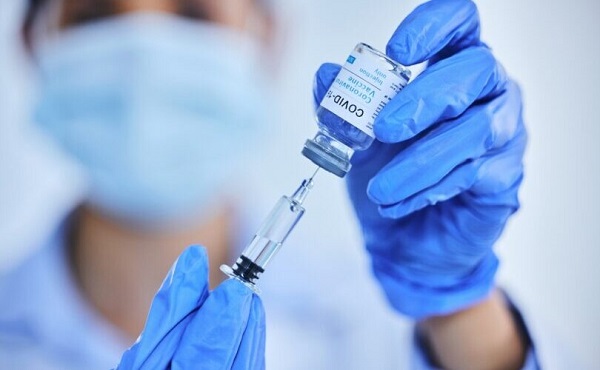
From LifeSiteNews
The Liberals’ Vaccine Injury Support Program is accused of mismanaging a $50-million contract with Oxaro Inc. and failing to resolve claims for thousands of vaccine-injured Canadians.
Conservatives are calling for an official investigation into the Liberal-run vaccine injury program, which has cost Canadians millions but has little to show for it.
On July 14th, four Conservative Members of Parliament (MPs) signed a letter demanding answers after an explosive Global News report found the Liberals’ Vaccine Injury Support Program (VISP) misallocated taxpayer funds and disregarded many vaccine-injured Canadians.
“The federal government awarded a $50 million taxpayer-funded contract to Oxaro Inc. (formerly Raymond Chabot Grant Thornton Consulting Inc.). The purpose of this contract was to administer the VISP,” the letter wrote.
“However, there was no clear indication that Oxaro had credible experience in healthcare or in the administration of health-related claims raising valid questions about how and why this firm was selected,” it continued.
Canada’s VISP was launched in December 2020 after the Canadian government gave vaccine makers a shield from liability regarding COVID-19 jab-related injuries.
However, mismanagement within the program has led to many injured Canadians still waiting to receive compensation, while government contractors grow richer.
“Despite the $50 million contract, over 1,700 of the 3,100 claims remain unresolved,” the Conservatives continued. “Families dealing with life-altering injuries have been left waiting years for answers and support they were promised.”
Furthermore, the claims do not represent the total number of Canadians injured by the allegedly “safe and effective” COVID shots, as inside memos have revealed that the Public Health Agency of Canada (PHAC) officials neglected to report all adverse effects from COVID shots and even went as far as telling staff not to report all events.
The PHAC’s downplaying of vaccine injuries is of little surprise to Canadians, as a 2023 secret memo revealed that the federal government purposefully hid adverse effect so as not to alarm Canadians.
Of the $50.6 million that Oxaro Inc., has received, $33.7 million has been spent on administrative costs, compared to only $16.9 million going to vaccine-injured Canadians.
The letter further revealed that former VISP employees have revealed that the program lacked professionalism, describing what Conservatives described as “a fraternity house rather than a professional organization responsible for administering health-related claims.”
“Reports of constant workplace drinking, ping pong, and Netflix are a slap in the face to taxpayers and the thousands of Canadians waiting for support for life altering injuries,” the letter continued.
Regardless of this, the Liberal government, under Prime Minister Mark Carney, is considering renewing its contract with Oxaro Inc.
Indeed, this would hardly be the first time that Liberals throw taxpayer dollars at a COVID program that is later exposed as ineffective and mismanaged.
Canada’s infamous ArriveCan app, which was mandated for all travelers in and out of Canada in 2020, has cost Canadians $54 million, despite the Public Health Agency of Canada admitting that they have no evidence that the program saved lives.
Details regarding the app and the government contracts surrounding it have been hidden from Canadians, as Liberals were exposed in 2023 for hiding a RCMP investigation into the app from auditors.
An investigation of the ArriveCan app began in 2022 after the House of Commons voted 173-149 for a full audit of the controversial app.
-

 Opinion1 day ago
Opinion1 day agoPreston Manning: Three Wise Men from the East, Again
-

 Uncategorized2 days ago
Uncategorized2 days agoCNN’s Shock Climate Polling Data Reinforces Trump’s Energy Agenda
-

 Addictions1 day ago
Addictions1 day agoWhy B.C.’s new witnessed dosing guidelines are built to fail
-

 COVID-191 day ago
COVID-191 day agoTrump DOJ dismisses charges against doctor who issued fake COVID passports
-

 Business1 day ago
Business1 day agoCarney Liberals quietly award Pfizer, Moderna nearly $400 million for new COVID shot contracts
-

 Business1 day ago
Business1 day agoMark Carney’s Fiscal Fantasy Will Bankrupt Canada
-
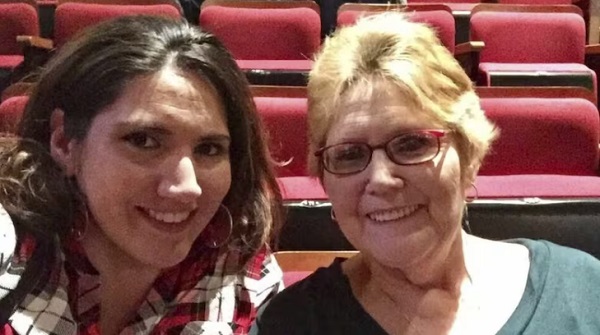
 Energy23 hours ago
Energy23 hours agoActivists using the courts in attempt to hijack energy policy
-

 Alberta15 hours ago
Alberta15 hours agoAlberta ban on men in women’s sports doesn’t apply to athletes from other provinces






